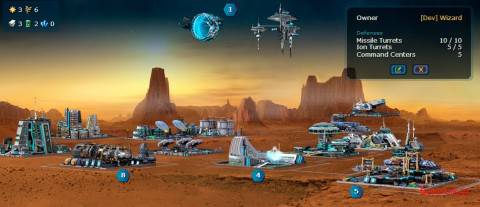
kō̃da कोँद 'young bull', kō̃da 'kiln' karã̄ 'wristlets, bangles', khãr 'ironsmith' ANE rod and ring, insignia of a guild functionary Balakot 06 Ceramic (stoneware) bangle with inscription dhatu कारणी or कारणीक 'supercargo of a ship responsible for the cargo of mineral ores' Intimations of such janapadas are seen in the way distinct badges (as corporate badges) evolved for specific functionaries. (Kashmiri) See: Indus Script धम्म र्संज्ञा dhamma saṁjñā 'duty signifiers' kaṇṭhlā 'neck ring', kãṭhāḷ ʻmaritimeʼ heritage, त्रि-शिरस् three-pointed triskele Mirror: Dharma saṁjñā Corporate badges of Indus Script Corpora, ceramic (stoneware) bangles, seals, fillets Mirror: Indus Script catalogue of pot kiln for ceramic (stoneware) bangles. waṭas -वटि), the large stone used by a blacksmith as an anvil. a blacksmith's shop, a forge, smithy (K.Pr. charcoal used by blacksmiths in their furnaces. (for khāranay 2, see ), the trough into which the blacksmith allows melted iron to flow after smelting. (for 2, see ), 'blacksmith's earth,' i.e. one who has the virtues and qualities properly belonging to her father's profession or caste. a skilful son, who can work at the same profession. höjü -हा&above जू&below ), a blacksmith's smelting furnace cf. the wall of a blacksmith's furnace or hearth. 118) as in Wahab khār, Wahab the smith (H. This word is often a part of a name, and in such case comes at the end (W. of this word is khāran 1 खारन्, which is to be distinguished from khāran 2, q.v., s.v.), a blacksmith, an iron worker (cf. Asuri) pōlaḍu,'black drongo' rebus pōlaḍ 'steel' miṇḍā́l 'markhor' (Tōrwālī) meḍho a ram, a sheep (Gujarati) Rebus: meḍ 'iron' (Mu.Ho.) med 'copper' (Slavic languages) khār 1 खार् । लोहकारः m. ḍ̠āṛhū̃ 'pomegranate' (Sindhi) Rebus: ḍhālako 'a large metal ingot'. pl.wristlets, bangles' rūpaka, 'metaphor'or rebus: khār 'blacksmith'. Indus Script Meluhha Hypertexts on Kernoi rings (which are dharma saṁjñā, 'corporate responsibility badges') karã̄ n. Evidence obtained using a multidisciplinary approach, is testament to the sophistication of Middle Bronze Age science and technology and the ability to create a mathematically-based eclipse predictor and magnetic compass, 3800 years ago and 1700 years before the advent of the Antikythera Mechanism. BCE), appear to be similar, suggesting a common origin. Comparisons of eclipse constructions taken from Kernos measurements, with those of Hipparchus (2nd.

A prototype magnetic compass was centrally facilitated in a non-magnetic marble structure, whose geomagnetic declination angle, appears to coincide with the Kernos" eclipse prediction-axis orientation. Here, it is shown, that, it was designed, specifically, to predict the occurrence of the 9th. The Cretan Bronze Age Minoan Kernos, has hitherto, been regarded as a gaming board or for religious purposes.

Archaeometry is the application of scientific techniques used to analyze archaeological materials.


 0 kommentar(er)
0 kommentar(er)
